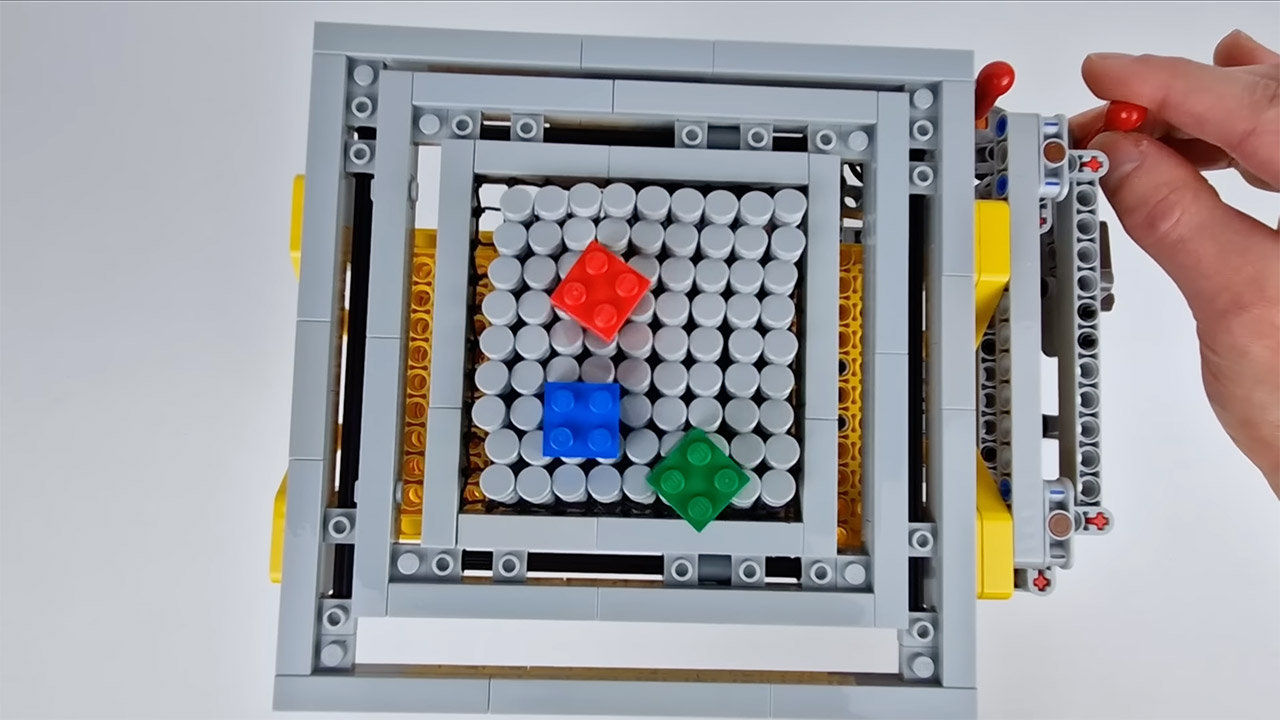
Think of this as the LEGO treadmill version of Disney’s Holotile floor. It took several tries, but Banana Gear Studios was successful after making changes to his original tilting rotating disc design, as the first iteration was only able to move around large objects that could be supported by multiple discs at a time.
What he decided to do was split the treadmill into self-cotained 3×3 blocks, and then build the structure out vertically with gimbals to accommodate the gearing. Small elastic bands were then used to transfer power between neighbors, before replicating the 3×3 design to complete the 9×9 grid.
- 🦄【Every Effort Matters】Sync the treadmill with the UREVO Sport App to track your progress and access detailed workout reports. Whether you're a...
- 🍃【Exercise Your Way】Switch between two modes: Open running mode (0.6-6.2mph) for an intense workout, and folding walking mode (0.6-4mph) for...
- 🏃【Joint Protection】The walking treadmill features a spacious 15" x 40.1" track for free movement, equipped with a 5-layer anti-slip belt, 8...

I’m a mechanical engineer and product designer, and your problem solving and ingenuity on this actually made me get a little misty eyed! Beautiful work. I also have to say that this speaks incredibly well to the precision tolerances that Lego holds. With stack ups this long, it’s frankly amazing that this is even possible, let alone working pretty flawlessly,” said one commenter.
[Source]







